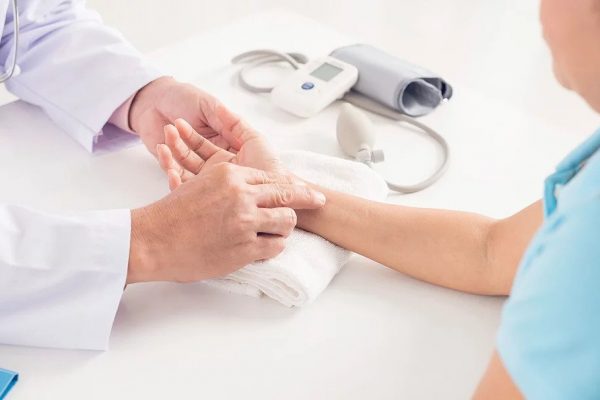
An electrocardiogram (EKG or ECG test for short) records the electrical activity of your heart. The number of electrodes you’ll wear during your EKG depends on the kind of information your providers want to capture. The most common test is a 12-lead EKG test. This test uses 10 electrodes to generate 12 different views of the heart’s electrical activity.
As an initial diagnostic test, your healthcare provider will probably order a resting 12-lead EKG (an EKG when your heart is at rest). Later, they may want to use a 12-lead EKG to help measure your heart’s response to stress (from exercise or medications).
An ECG test is used to get information about the electrical activity of the heart. 12 Lead ECG provides information about heart’s electrical activity in the 3-dimentional format. This 3-D format is achieved with the help of 12 leads or 12 viewpoints attached to the patients. These 12 leads are classified into 2 types: Bipolar & Unipolar. Bipolar leads are further trifurcated as types I, II & III; whereas Unipolar leads are further bifurcated as Augmented Leads & Precordial Leads. These electrodes are placed on the specific & predetermined parts of the body in order to record the heart’s electrical activity through different sites.
The six bipolar leads are attached to the limbs. These are named as I, II, III, aVL, aVR and aVF.
These are attached to the limbs as follows:
• Lead 1: It shows the electrical difference between the left arm (positive electrode) and the right arm (negative electrode)
• Lead 2: It shows the electrical difference between right arm (negative electrode) and left foot (positive electrode)
• Lead 3: It shows the electrical difference between the left arm (negative electrode) and left foot (positive electrode)
The bipolar limb leads exhibit the electrical differences between the positive and negative electrodes placed on the limbs. The electrodes are to be placed as far away from the heart as possible. These 3 leads are equidistant from the heart and an equilateral triangle (Einthoven’s triangle) is created, at the center of which the heart is situated.
While performing the test, the patient is told to lie in the Supine position & to keep their hands away from the body and legs uncrossed. It’s advisable not to keep cellphones in the proximity so as to avoid the interference with the results. Patient’s skin is cleaned with alcohol to avoid unnecessary moisture so that the electrodes remain in close contact with the patient’s skin. The gel is applied onto the skin and electrodes are placed in the desired positions. The results are taken and results are checked by the doctor.

